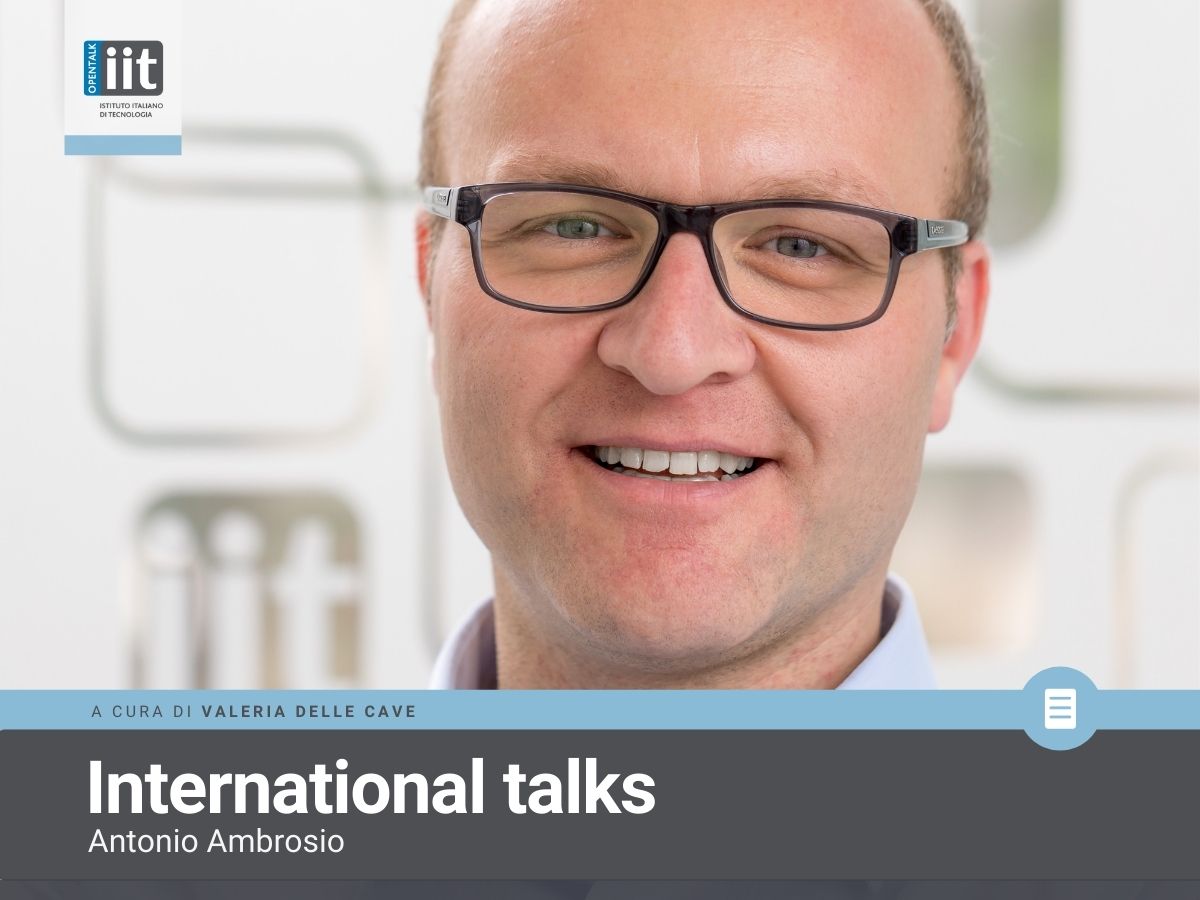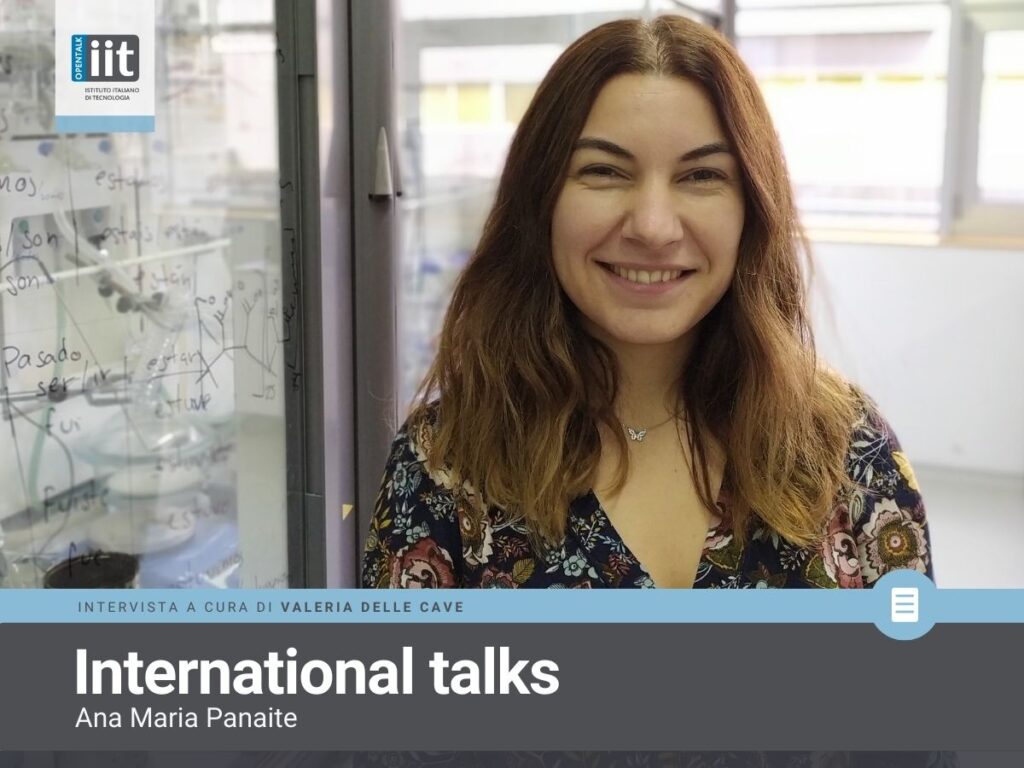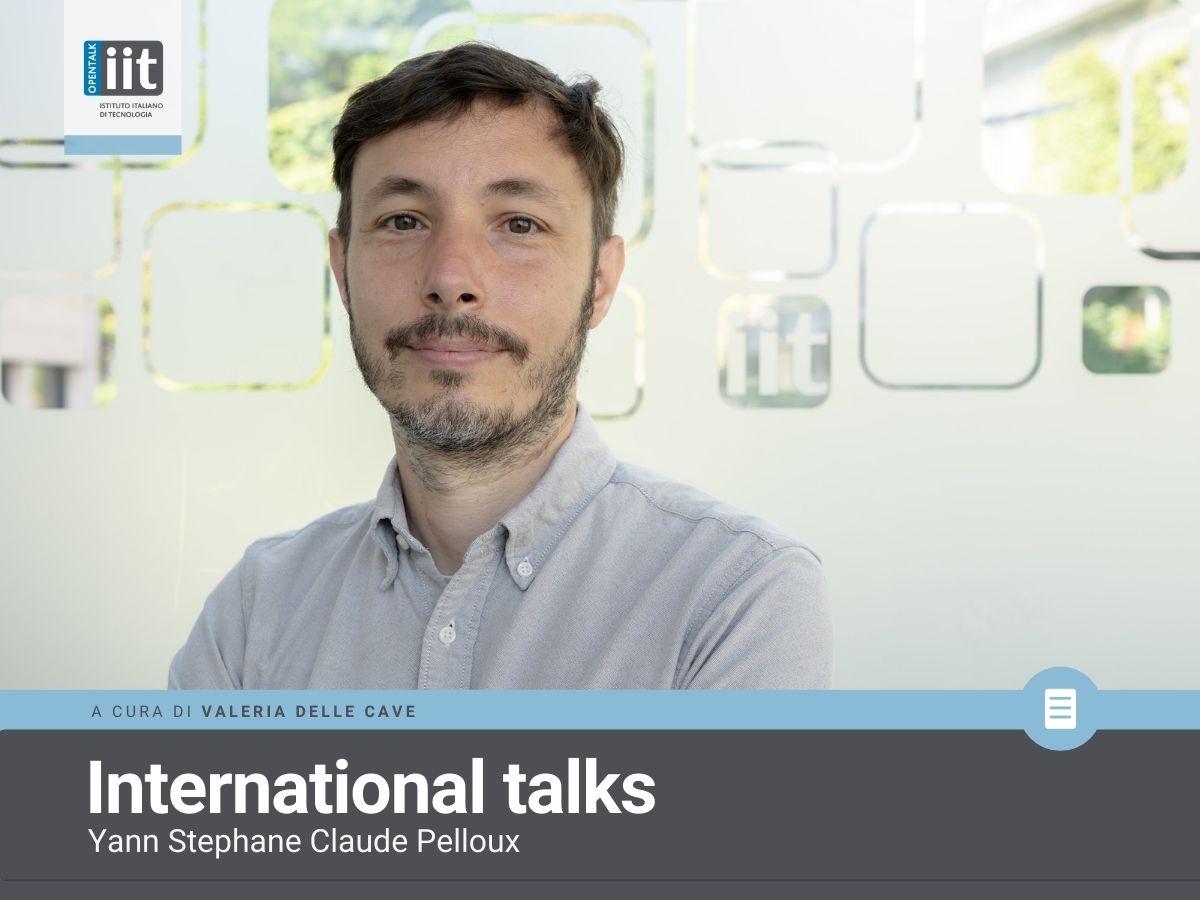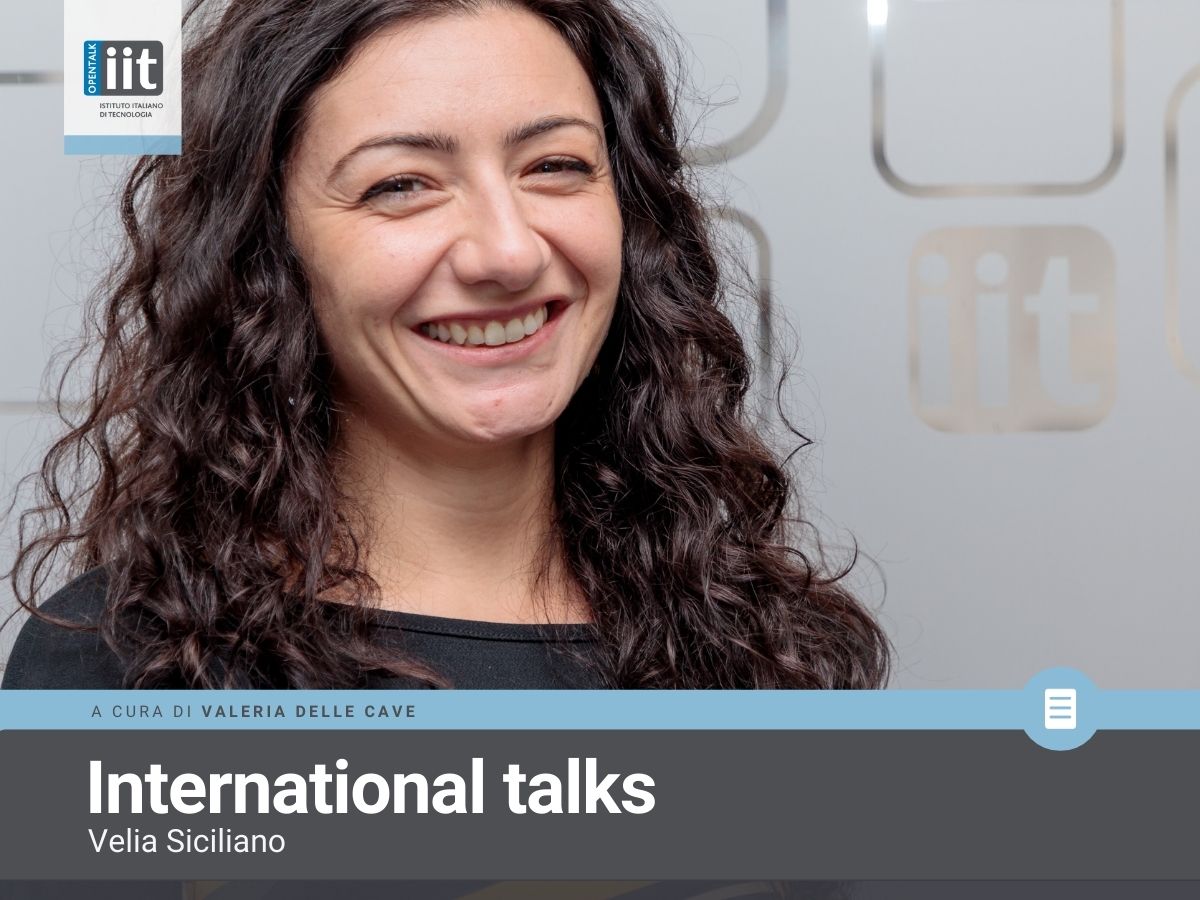The feeling we call home
I always found Optics fascinating. In particular the fact that as materials can modify a light beam, light can also modify materials. Light can, on one hand, trigger violent absorption processes and cut metals and rocks; on the other hand, light can apply the weakest and most delicate forces to trap and manipulate micrometric objects, even atoms, a “gentle touch” millions of times weaker than that corresponding to the pressure of a plume on a surface.
This interest has motivated me since the research activity for my Master Thesis when I showed that tiny glass objects, similar in dimensions to short (micrometers long) pieces of human hairs can be rotated by means of the angular momentum directly transferred from the light beam to the micro-object. Mutual control of light with nano-structures and of nano-structures with light, has driven my research activities ever since.
In 2002, after the Master Degree, I left Naples (my hometown) and moved to the University of Pisa for a PhD in Applied Physics where I worked on developing polarization sensitive nano-imaging and lithography on polymer-based samples. In this case, the light from a high-resolution optical microscope was used to structure the polymer surface with resolution of few tens of nanometer, several times better than standard optical photo-lithography. This research involved other international groups and I got the chance to spend six months at University College London. It was the first time for me living abroad. Although this experience represented a fantastic moment for both personal and professional growth in my life, I was really not ready to go anywhere else than back to Naples after the PhD. On the other hand, why not? At the time, I thought that if I wanted to pursue a career in research, why not in a familiar place? Surrounded by your closest beloved, at home?
With this mindset, in 2006 I moved back to Naples where I joined the Consiglio Nazionale delle Ricerche (CNR) complementing my nano-imaging activities with new aspects. In fact, I got interested in particular to one kind of smart polymers, azobenzene-containing polymers whose surface spontaneously structures with morphologies that depend upon the illuminating light pattern. The efforts payed off in finding a completely unexpected phenomenon: the material was responding not only to the light intensity profile but to the shape of its wavefront, literally getting a twist from the helical wavefront of the light beam, resulting in interesting spiral morphologies on the sample surface, whose shape and size depend on the light beam physical parameters. The sample works then like a storing medium for the light parameters that can be eventually accessed later, on-demand.
At the beginning of the second decade of the new millennium, I found then myself working in a familiar place, living in my childhood house with my wife. Home had very well-defined coordinates on a map at the time. However, I was also starting to wish to know other places and research activities more deeply than just a few days visit, eventually during a conference. This motivated me to look for a collaboration with Professor Federico Capasso at Harvard University. At the time, Federico had just introduced optical metasurfaces, nanostructured optical devices of unprecedented performances that required uncommon facilities for their realization, available at Harvard. Federico welcomed me in his group with the caveat I also had to take care of setting-up an advanced optical scanning probe microscope. That was something I had experience about, so I was not scared by the task and I accepted. In 2013, I left the comfort zone of our beloved Naples to move to Boston as visiting scientist. Likely, also my wife had the chance to move with me in secondment within her firm. In fact, the original idea was to spend just a couple of years in the USA, meeting new people and cultures, having new working and professional experiences, etc. but still in the mindset to go back home, i.e. back to Naples.
However, close to the moment of finishing our originally 2 years planned period in Boston, both me and my wife were offered permanent positions in our Boston-based Institutions. These offers featured enough new opportunities that we decided to extend our stay in Boston, although still having Naples in our sight. I continued then in Boston as Principal Scientist of the Center for Nanoscale Systems at Harvard University.
The first time the concept of home as a “place” started to seriously shake was when we had our son in 2017. He was born in Boston, we now had an American boy in the family. How could we still identify home just as a “place”?!. It was not expected, neither planned or pursued but soon, rather than a favorite place, home became our family, the three of us and the rest of beloved ones, a feeling rather than a place.
Coherently with such feeling, we started to look at the next place to move the next steps of our family. That is the point when I submitted a proposal for an ERC consolidator grant. The idea then was to move back to Europe, not necessarily to Italy and the mindset was that if we (me and my wife) couldn’t find a place fitting both our work expectations, we would have stayed in the USA.
The rest of the story is that I got the ERC consolidator and the Italian Institute of Technology presented me with the best conditions in Europe for my project. Milano also offered some new opportunities for my wife and we set our base in the Italian fashion city. We are still strongly connected to our hometown and the rest of the family that technology help to stay in contact with, if we cannot visit in person.
Looking back, I realize now that my comfort place was actually such only because of the feeling triggered by it. Pursuing such feelings actually brought me to different places and will still eventually make me move in the future. I would strongly encourage younger people to be brave and give-up the “comfort-zone” of a lovely place for the quest of satisfaction and passion in their day-by-day as well as professional life.





